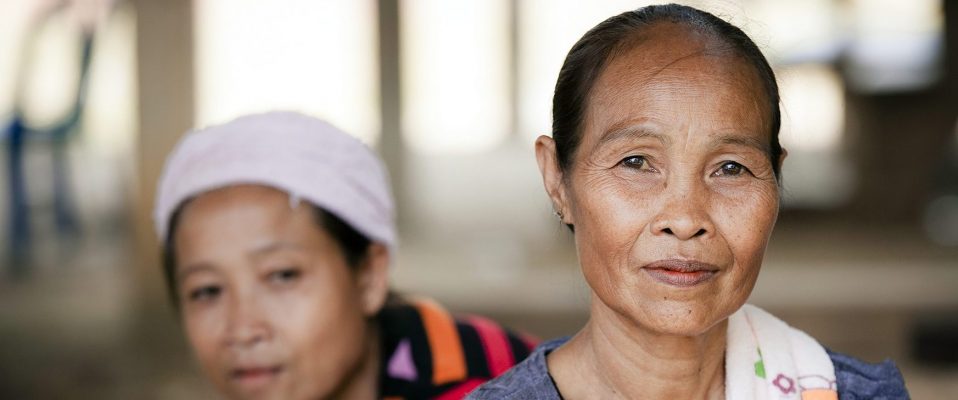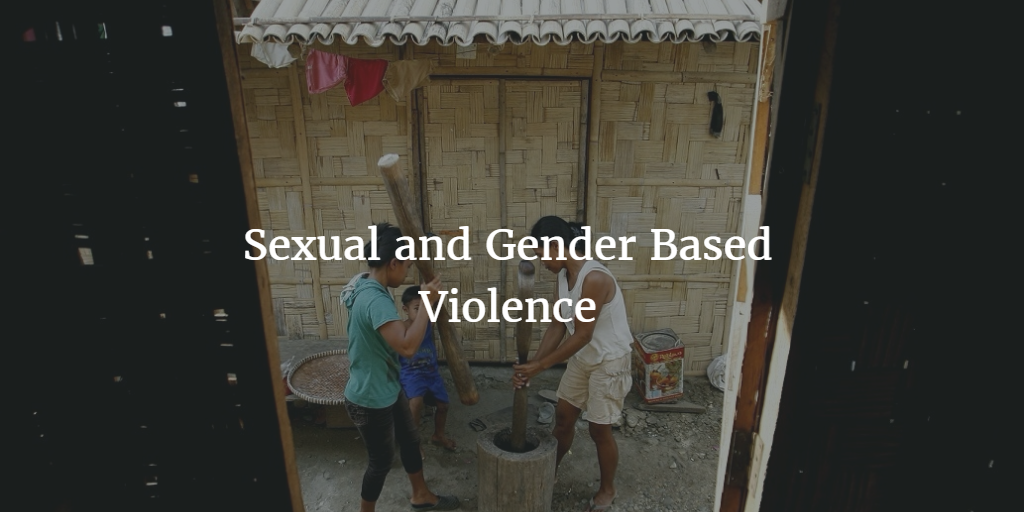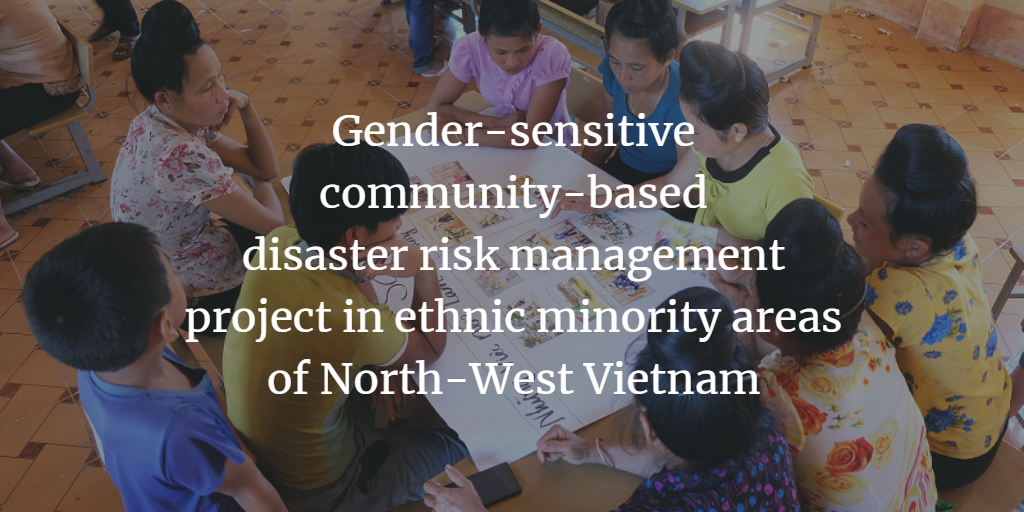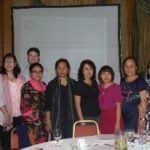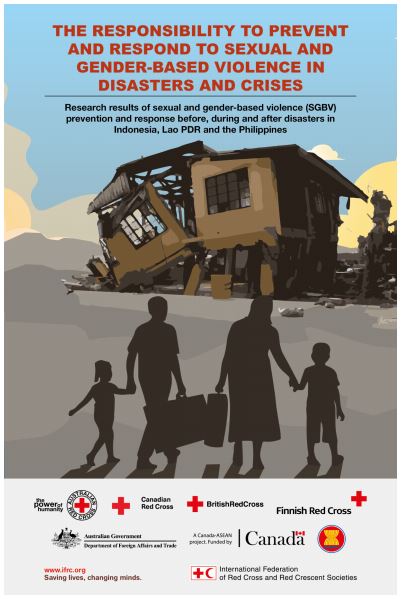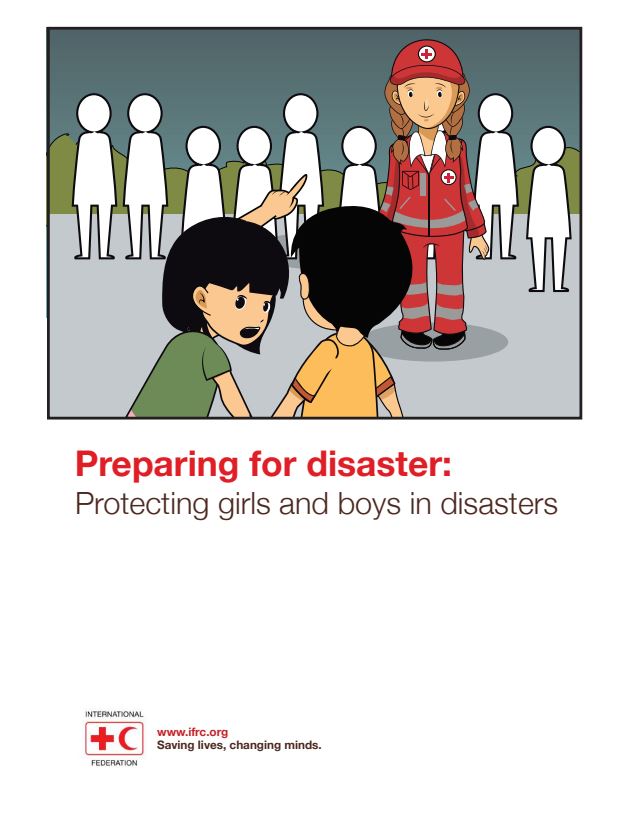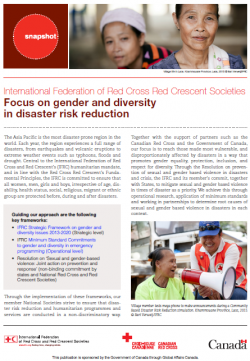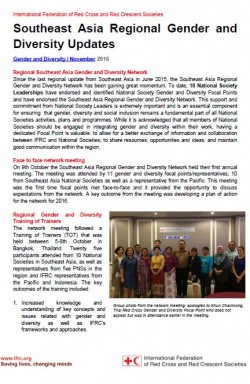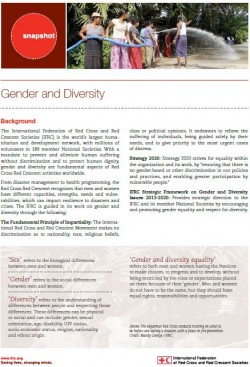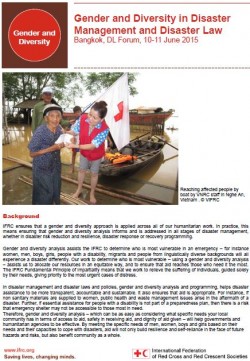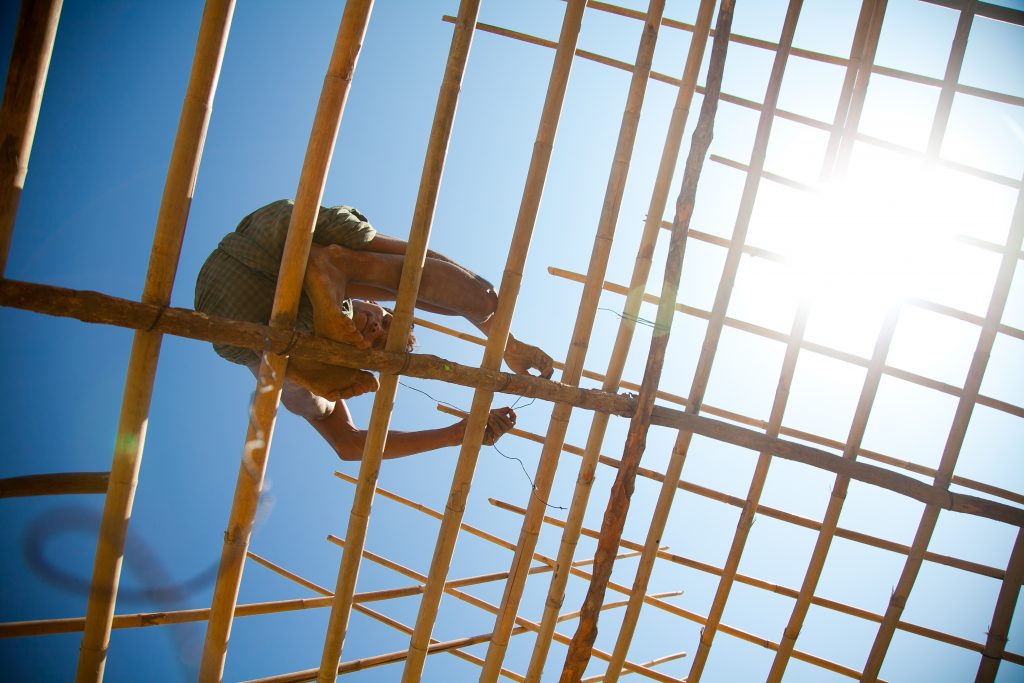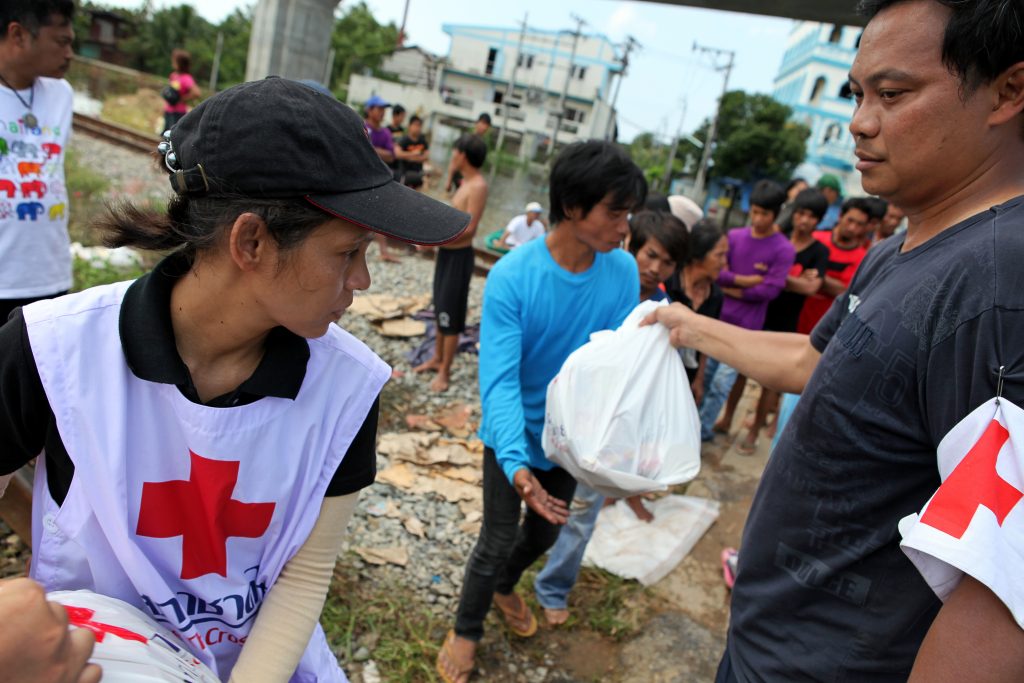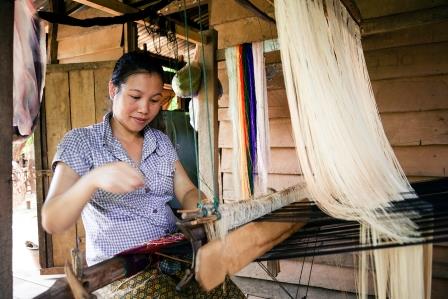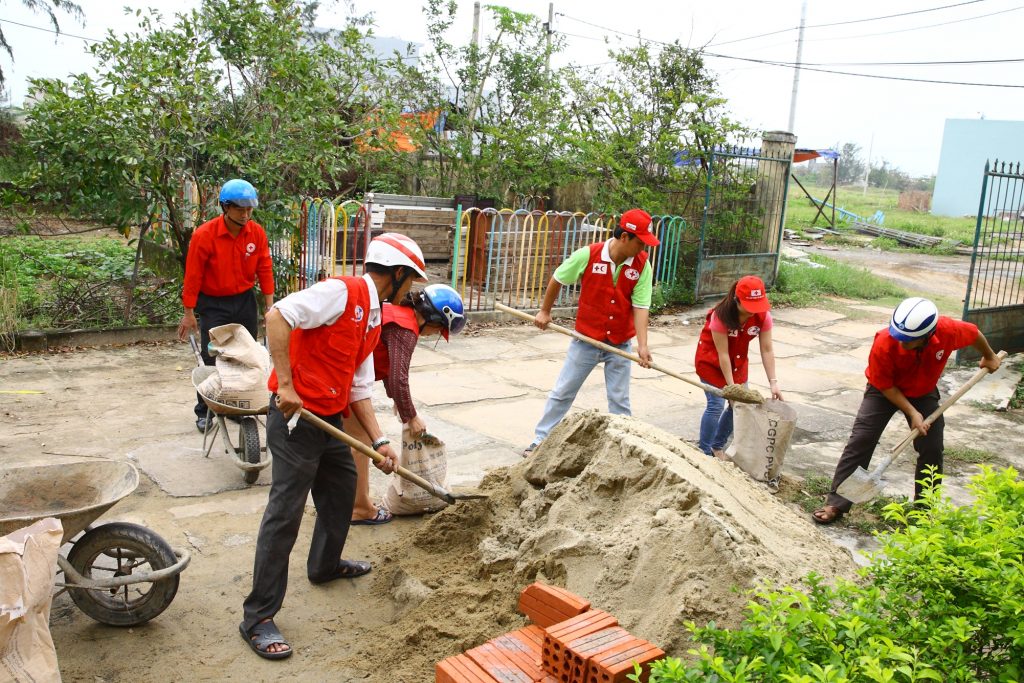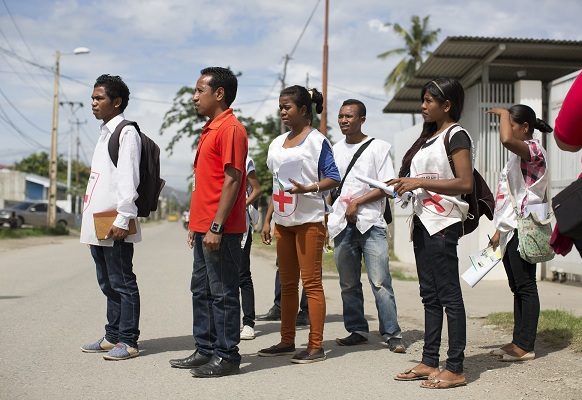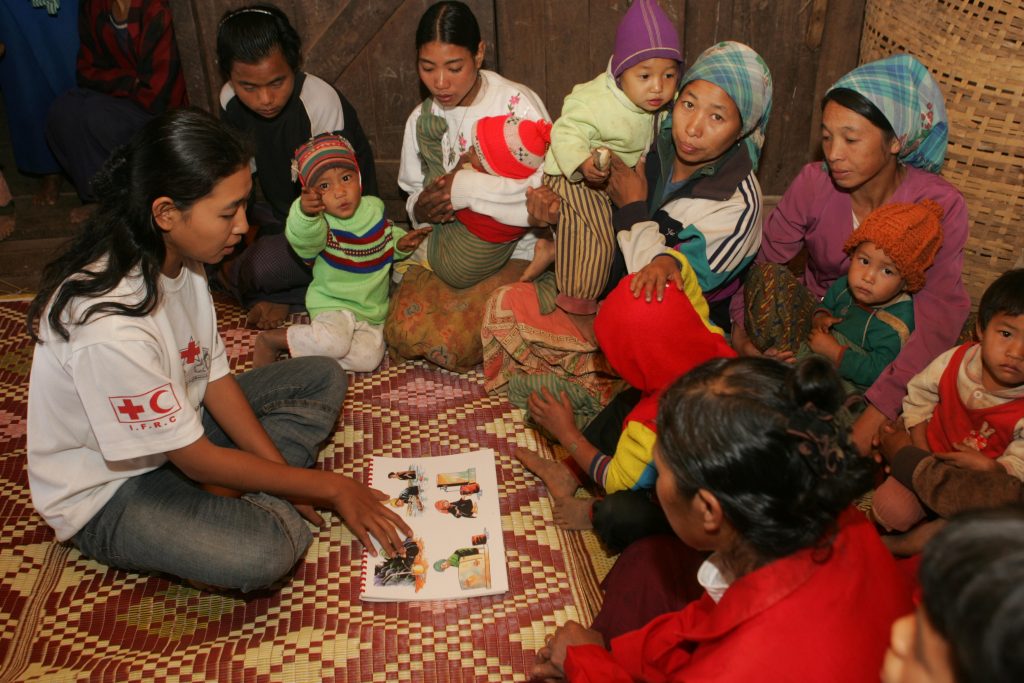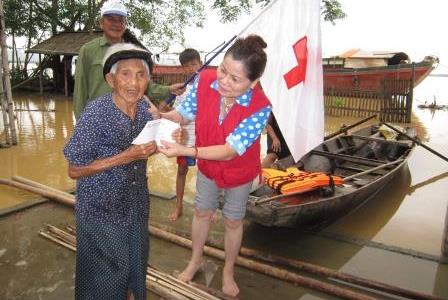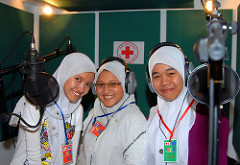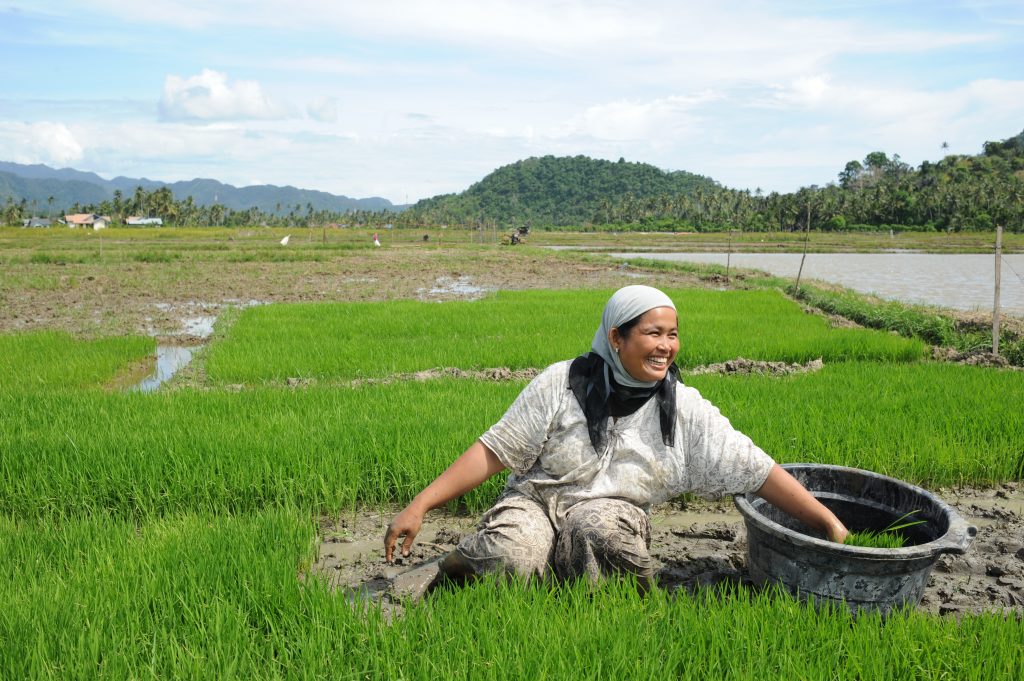The regional perspective
Key Definitions
Sex:
The biological differences between men and women. Our ‘sex’ relates to the biological, physical and genetic composition with which we are born.
Gender:
A person’s gender refers to the social differences between men and women throughout their life cycles. It relate to the attitudes, behaviors, roles and expectations placed on men and women by society, as a result of them being male or female. The term gender should not be seen as being synonymous with women, rather when we talk of ‘gender’ we are being inclusive of all women, men, girls and boys. Characteristics and expectations placed on a person as a result of their gender are changeable over time and in different situations. They can also vary from culture to culture.
The differences between people. These differences can be physical or social and can include: gender, sexual orientation, age, disability, HIV status, socio-economic status, religion, nationality and ethnic origin. There are many interactions between gender and different aspects of diversity and these can further exacerbate a person’s vulnerabilities depending on the culture or the situation. It is necessary that we understand the differences between people and respecting those differences.
Both men and women having the freedom to make choices, to progress and to develop, without being restricted by the roles or expectations placed on them because of their ‘gender’. Men and women do not have to be the same, but they should have equal rights, responsibilities and opportunities.
Gender inequality predominantly impacts negatively on women and girls, as men tend to have more decision-making power and control over resources than women. As such, efforts to advance gender equality need to focus primarily on improving the situation and status of women and girls in their societies. This is a form of Gender Equity.
Marginalization:
Marginalized populations are defined as those groups or individuals who are discriminated against or who have less power to provide for and protect or themselves and their families due to aspects of their diversity.
Vulnerability:
The conditions determined by physical, social, economic, environmental and political factors or processes, which increase risk and susceptibility of people to the impact of hazards.
Lao Red Cross Conducts Protection, Gender and Inclusion Training | 29 March 2019 | Vientiane, Lao PDR
29 March , 2019Gender and Diversity Policy Awareness Training | June-July 2018 | Bago City & Pyi City, Myanmar
13 November , 2018 8:00 am - 5:00 pm UTC+7SGBV Awareness Activity | 23-30 July 2018 | Oudomxay, Lao PDR
23 July , 2018 - 30 July , 2018Steering Committee Meeting for the Regional Resilience Initiative (RRI) | 16 May 2018 | Bangkok, Thailand
16 May , 2018ASEAN Consultation Meeting on SGBV Research | 2-3 May 2018 | Jakarta, Indonesia
2 May , 2018 - 3 May , 2018
Different Needs - Equal Opportunities: Increasing Effectiveness of Humanitarian Action for Women, Girls, Boys and Men
4 hours – Inter-Agency Standing Committee (IASC)
Gender Equality, UN Coherence and You
2 hours – UNICEF
Gender in Food and Nutrition Security
14 hours – FAO
Child Protection at the IFRC
30 minutes
Terms of Reference
Updates on Gender and Diversity Network - Dec 2015
Updates on Gender and Diversity Network - June 2015
1st Gender and Diversity teleconference - Nov 2014
e-mail: Ms. Christina Haneef, at christina.haneef@ifrc.org
Updates
Guiding Documents
Resources
Select from the following topics:
Document library - Gender and diversity
[wpv-view name=”gender-document-view”]
![]()


